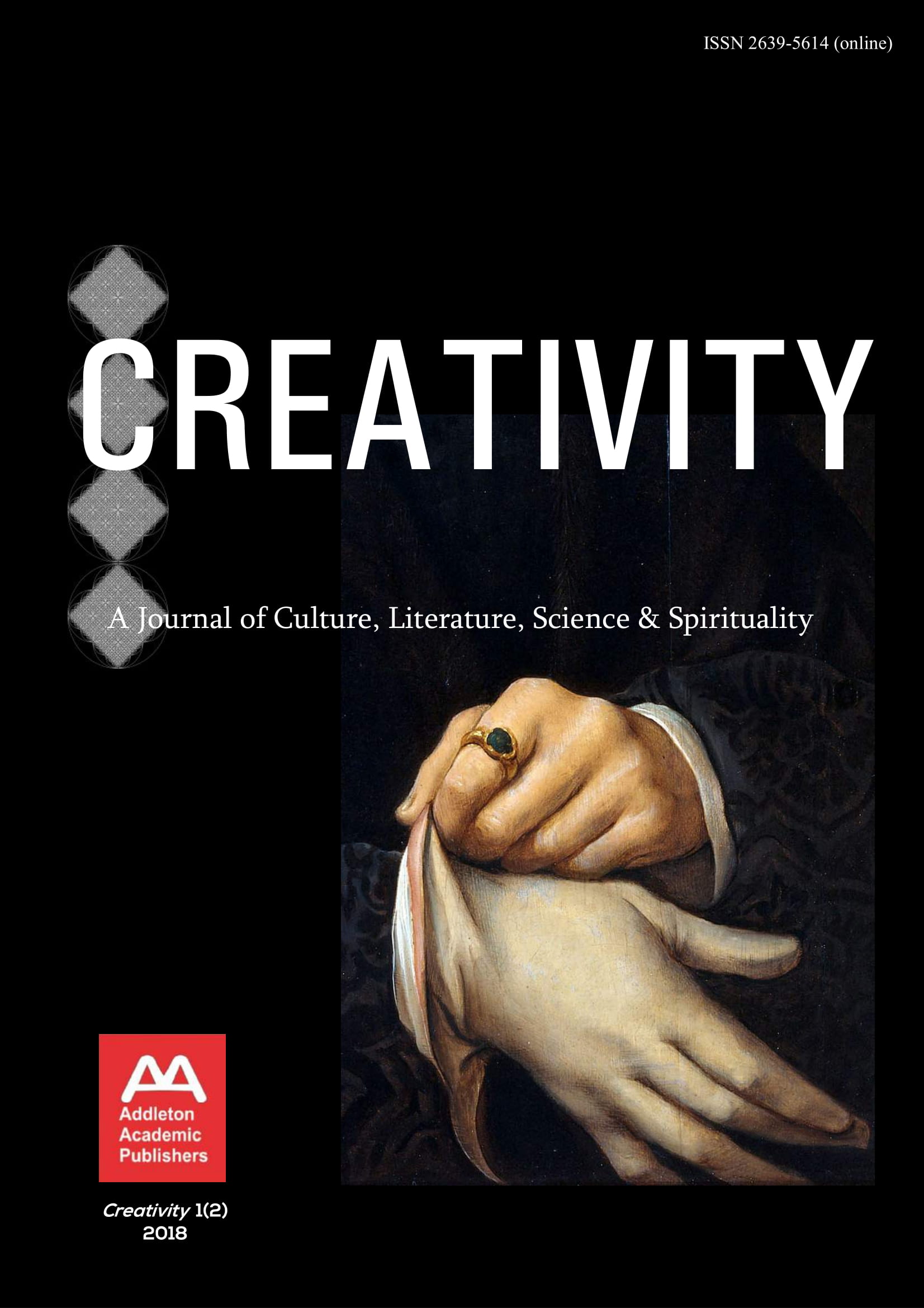Harold Bloom and the brain-wave theory of creativity
Harold Bloom and the brain-wave theory of creativity
Author(s): Mihai A. StroeSubject(s): Psychology, Comparative Study of Literature
Published by: Addleton Academic Publishers
Keywords: anxiety; influence; clinamen; pataphysics; shamanism; originals; imitators; ancients; moderns; labyrinth; agon; canon; brain wave; mother tongue;
Summary/Abstract: The platform Creativity, which emerges under the sign of Henri Coandă and Constantin Brâncuși as defenders mainly of unlimited “frontiers” of knowledge and creativity, proceeds in its second issue with a presentation of one of the strongest critics of the 20th century, Harold Bloom of Yale University, who distinguished himself especially as a defender of the literary and cultural Canon, a defender of the “centers” of creativity. Bloom brought to light the involvement of cognitive influence in the act of creation, a phenomenon pertaining to human creativity that had been rarely explored due to its high complexity. The present research attempts to offer a “simplex” overview of Bloom’s critical system: by exploring his critical approach, whereby a vast network of cognitive relationships between creators and their creations is probed, we aim to reach the simplest structural foundations of Bloom’s thought system. The latter constitutes a strong tool for understanding creativity as a kind of shamanic battle (agon) for the expression of one’s right of self-assertion. This battle is led under the sign of an all-pervading multidimensional “labyrinth” of rainbow-like influences that springs, in various stages and degrees, from an indefinite and inscrutably deep past. This mysterious “labyrinth” of influence spreads like a universal gnostic tree: its branches, as endless discrete “rays” of cognitive influence, as infinite spectra of cognitive mental energies and rhythms, climb higher and higher into the future, while its roots keep on descending lower and lower and deeper and deeper into the past. In a context in which we consider the influences having operated upon Bloom himself (and having also in view Bloom’s own diachronic concept of an author’s influence on oneself) in the process whereby he forged his own critical system, we hereby attempt to show that Bloom created a powerful instrument for exploring the past, the present and the future. In this sense, we focus on the influence exerted on Bloom by Edward Young’s proto-romantic manifesto dealing with the question of originality, imitation, and the relationship between the ancients (as predecessors) and the moderns. Bloom’s system can thus be described as a kind of critical “telescope”or “microscope” (or both) for probing vast networks of influence established between creators and their creations. The purpose is an understanding of the present and of the discrete mechanisms by agency of which canons are created. Once we understand how canons are created, we may hope to understand and anticipate possible futures. Bloom offers us a powerful critical method for reaching the condition of cognitive “shamans.” His method will be shown to be based, among other things, also on Alfred Jarry’s concept of pataphysics, the science of exceptions (anomalies or particulars) and of “imaginary solutions” emerging from intellectual common sense. The mission of Bloom’s cognitive modern “shaman” is the quest for fundamental keys by which to gain insight into “canons” operative anywhere in the world. Such a fundamental key is the six-step way of poetic creativity, which we explore alongside the six-wave “rainbow” model of the brain.
Journal: Creativity
- Issue Year: 1/2018
- Issue No: 2
- Page Range: 3-111
- Page Count: 109
- Language: English
- Content File-PDF

